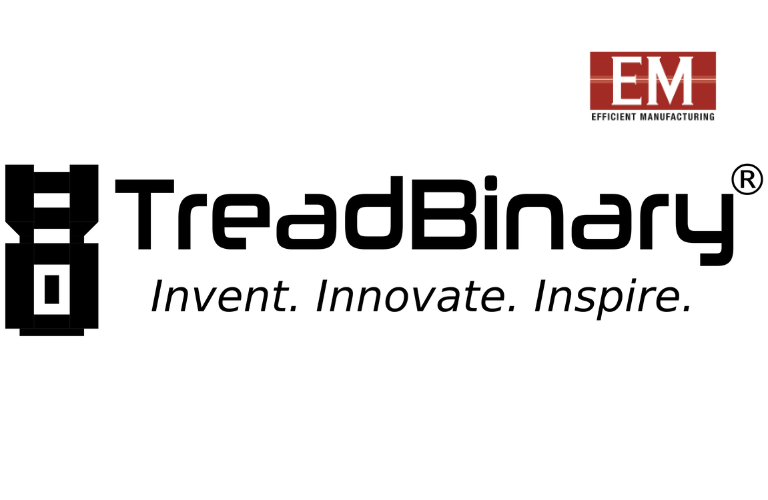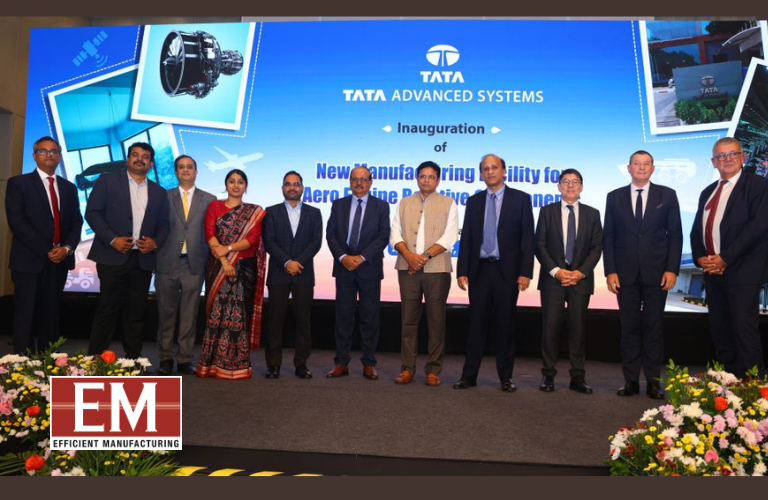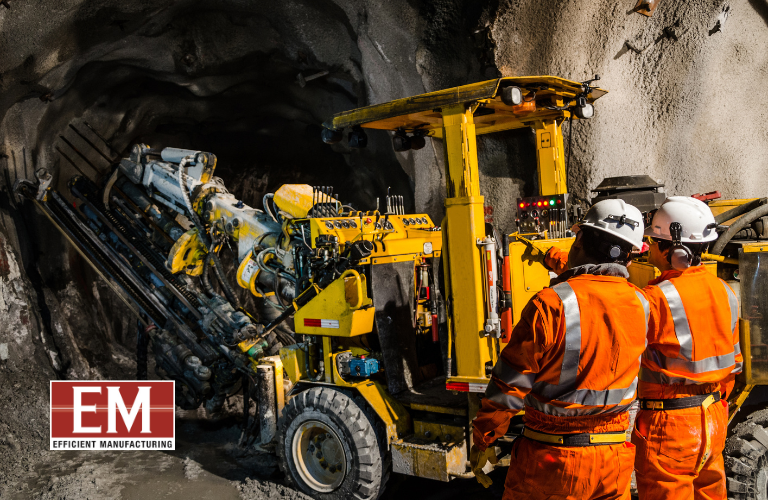As manufacturing enters an era defined by digital transformation, data is becoming the most valuable asset on the shop floor. Business Intelligence (BI) has evolved from static historical reports to dynamic, predictive, and prescriptive analytics that empower manufacturers to make faster, smarter decisions. Mr. Anurag Sanghai, Principal Solutions Architect at Intellicus Technologies, shared his insights on the evolving role of BI in manufacturing with insights from Intellicus, a leading BI platform. From production planning and predictive maintenance to supply chain optimization and real-time decision-making, Intellicus shares how its advanced analytics solutions are helping manufacturers stay agile, efficient, and competitive in today’s fast-paced industrial landscape.
1. How has the demand for business intelligence evolved over the years?
Simply put, business demands from BI have changed from a tool for “hindsight” to a tool for “foresight”.
Back in the early 2000s, BI was largely static reporting. Companies relied on reports pulled from ERP systems to get historical insights—essentially, a rearview mirror look at the business.
These reports were generated by an IT team that had the technical expertise to analyze data, and the reports were not necessarily meant to be accessible to everyone.
By mid-2000s, the conversation shifted to using data warehouse, centralized data stores in place of departmental silos. This also opened the path for a more complex, cross functional analysis. This was a significant leap forward – offering decision-makers a more unified and comprehensive view of their operations.
The 2010s brought about innovative self-service BI tools, Intellicus being one. Data did not remain the domain of analysts or IT professionals alone. Now, non-technical users could explore and analyze it on their own. The power to make data-backed decisions was now democratized.
Then came the era of cloud computing and big data. With massive data volumes flowing in from multiple sources, BI had to become more agile and scalable. Cloud BI platforms made it possible to process and analyze data in real time, dramatically enhancing the speed and flexibility of insights.
More recently, the integration of AI and ML has shifted BI from being descriptive to predictive and even prescriptive. Businesses now expect BI tools to not only tell them what happened, but also forecast what’s likely to happen and suggest the best course of action. With rapid changes in markets, companies are leaning on BI to stay ahead of the curve.
2. What key trends are driving the adoption of BI and analytics platforms today, particularly in the manufacturing sector?
There is a clear shift toward a data-driven mindset. Manufacturers aren’t just collecting data—they’re using it to drive decisions, improve competitiveness and stay agile in a fast-moving market.
Machines on the shop floor are now constantly feeding data into systems that can flag issues the moment they happen. It’s no longer about finding problems later—it’s about preventing them in real time. Instead of waiting for equipment to break down, manufacturers are using AI-powered insights to predict when a machine might fail and take action before it does. Preventive maintenance means less downtime, fewer disruptions, and a lot of saved costs.
Moreover, BI is being used to improve forecasting and automate some of the day-to-day decision-making like adjusting production schedules or reallocating resources for maximizing operational efficiency.
Supply chain optimization is another big driver. With all the unpredictability in global logistics, having accurate forecasts, the ability to plan ahead with what-if scenarios and better control are game-changers. Manufacturers are turning to BI tools to stay ahead of demand, avoid bottlenecks and make sure everything keeps moving smoothly.
Let’s not forget the role of the cloud. A growing number of manufacturers—more than half, in fact—are moving to cloud-based BI platforms because they offer the scalability and flexibility, with data feeds from multiple locations.
3. How does Intellicus support manufacturing organizations in optimizing processes like production planning, supply chain management, and inventory control through data analytics?
Let’s begin with dashboards – Intellicus helps build reliable dashboards that track live KPIs. Things like production speed, quality metrics or machine performance. This means manufacturers can act immediately if something seems off.
Take production planning, for instance. Intellicus brings together data from ERP and MES systems to offer real-time visibility into what’s happening on the shop floor. Demand forecasting can be used to fine-tune production schedules, reduce idle time and keep operations running smoothly.
Intellicus is particularly strong in unifying data from suppliers, transport partners, internal systems and even external sources. This is used to build strong supply-chain solutions with end-to-end visibility. Analytics can help in evaluating supplier performance, identify inefficiencies or potential disruptions. All this dovetails into mitigating risks and reducing costs.
Intellicus delivers real value in inventory control. Its systems merge data on stock levels with demand forecasts to strike the right balance, avoiding both overstocking and stock-outs. Real-time tracking ensures that inventory levels are always aligned with what’s needed; helping to minimize waste of resources and improve cash flow.
4. How does Intellicus’s BI platform assist in identifying potential equipment failures and reducing downtime?
It starts with real-time data collection. Intellicus continuously analyzes sensor inputs from machinery to detect early signs of wear and tear. Intellicus dashboards with real-time monitoring provide a live view of machine metrics and if something unusual is seen—like a spike in temperature or vibration—an anomaly alert is triggered.
This means maintenance teams can schedule repairs proactively, instead of scrambling to fix something after it breaks down. Integration of AL-ML within the platform enhances intelligence by enabling the development of predictive models that learn from real-time data. These models identify potential equipment failures with greater accuracy and help optimize maintenance schedules, significantly reducing downtime and improving operational efficiency.
To summarize, Intellicus offers a shift in the maintenance algorithm – from reactive to proactive. That means less downtime and significant cost savings on emergency repairs. It’s a smarter, data-driven way to keep equipment running at peak performance.








